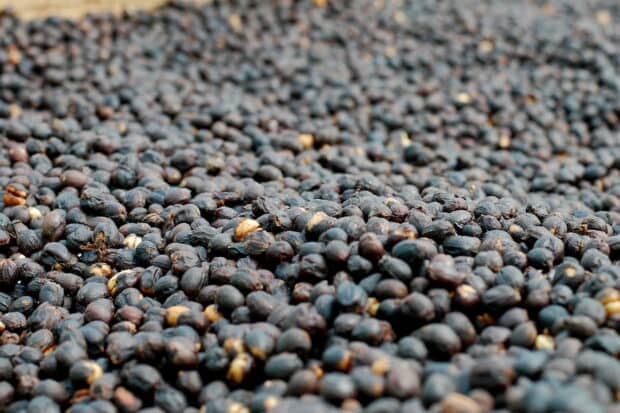[[{“value”:”
A prominent global producer of organic and shade-grown arabica coffee, Mexico is expected to produce approximately 3.89 million 60-kilogram bags of coffee in 2024/25.
Representing a slight increase over the current year, the output would come despite numerous labor and economic challenges facing coffee farmers, particularly the more than 90% operating small-scale farms.
These and other issues are outlined in the new USDA Foreign Agriculture Service annual report on the Mexican coffee sector.
[Note: This is part of a series of stories that will explore USDA FAS annual coffee reports. The information agency typically delivers more than a dozen country-level reports on the coffee sector, each coming from different authors and field offices.]
Production Dynamics
The FAS office estimates that Mexico’s coffee production for 2024/25 will be approximately 3.89 million 60-kilogram bags, a slight increase from the current year.
Despite generally higher coffee prices, production in Mexico is hampered by a lack of government support for coffee farm renovation, labor shortages, and rising labor costs due to fewer migrant workers and competitive wages in other sectors, according to the report.
Smallholder farms, averaging 2.9 hectares, dominate the sector, with 90% of growers operating small-scale farms. Thus, cooperatives play a crucial role in production through technical assistance, financing and market access, according to the analysis.
Crop Area
For 2024/25, the office forecasts Mexico’s coffee area to be 700,000 hectares planted, and 660,000 hectares harvested, with replanting efforts focused on disease-resistant trees and higher densities.
Shade-grown arabica dominates Mexican coffee production, and is spread across 14 states, with Chiapas as the top producer at 31%, according to sources in the report. Approximately 35% of the production is high-quality arabica grown at 900 meters or higher, while 43.5% grows between 600 and 900 meters.
The state of Puebla shows the highest growth rate, which the FAS office attributes to state subsidies and increased demand. New coffee areas are being planted with pest-resistant or specialty varieties such a Oro Azteca, Catimor and Sarchimor, though traditional varieties like Typica and Caturra remain in production.
A New Threat: The Khapra Beetle
Mexico’s coffee production continues to face threats from the coffee berry borer (CBB) and coffee leaf rust, according to the report. Efforts led by the national agriculture department SENASICA have reduced CBB infestation rates to below 2%, while switching to rust-resistant coffee varieties has lessened the impact of coffee rust.
SENASICA has reported numerous interceptions of the Khapra beetle, an invasive new threat targeting grains and seeds. In 2023, five interceptions were made at ports, preventing potential infestations from shipments originating from Uganda, Canada, Uruguay, Nicaragua and China.
Beyond port inspections, SENASICA has implemented preventative measures such as strategically placing Khapra beetle traps throughout the country to monitor and prevent potential outbreaks within the coffee sector, according to the report.
Domestic Consumption
Mexico’s coffee consumption for 2024/25 is now forecasted to reach 3.1 million bags, a slight increase over the current year, despite countrywide food inflation at approximately 7.35%.
Soluble coffee dominates, at 60% of the market, with ground coffee following. Rising interest in single-origin and specialty coffee, especially in urban areas, presents growth opportunities, according to the analysis.
The report notes that numerous local programs have attempted to promote specialty coffee consumption, particularly in urban and suburban areas, where the number of cafes is growing.
Trade and Stocks
Mexico’s coffee exports for 2024/25 are predicted to reach 2.7 million bags, with the United States remaining the top destination.
Coffee imports for the same period are expected to rise by 4% to 1.9 million bags.
The report estimates that ending stocks for the marketing year 2024/25 will be 14,000, which represents a dramatic reduction from the previous two years.
Comments? Questions? News to share? Contact DCN’s editors here.
Related Posts
“}]]


